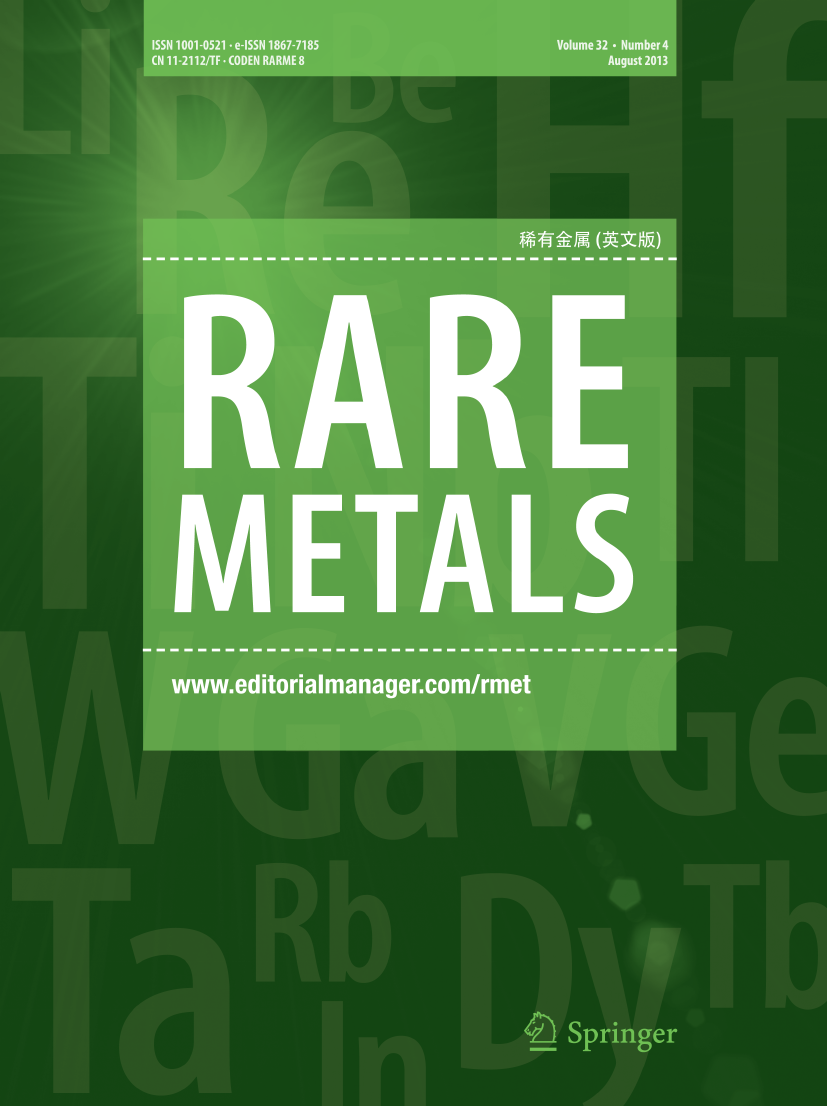Real-time electrochemical monitoring sensor for pollutant degradation through galvanic cell system
Abstract
Here, a novel real-time monitoring sensor that integrates the oxidation of peroxymonosulfate (PMS) and the in situ monitoring of the pollutant degradation process is proposed. Briefly, FeCo@carbon fiber (FeCo@CF) was utilized as the anode electrode, while graphite rods served as the cathode electrode in assembling the galvanic cell. The FeCo@CF electrode exhibited rapid reactivity with PMS, generating reactive oxygen species that efficiently degrade organic pollutants. The degradation experiments indicate that complete bisphenol A (BPA) degradation was achieved within 10 min under optimal conditions. The real-time electrochemical signal was measured in time during the catalytic reaction, and a linear relationship between BPA concentration and the real-time charge (Q) was confirmed by the equation ln(C0/C) = 4.393Q (correlation coefficients, R2 = 0.998). Furthermore, experiments conducted with aureomycin and tetracycline further validated the effectiveness of the monitoring sensor. First-principles investigation confirmed the superior adsorption energy and improved electron transfer in FeCo@CF. The integration of pollutant degradation with in situ monitoring of catalytic reactions offers promising prospects for expanding the scope of the monitoring of catalytic processes and making significant contributions to environmental purification.
Graphical Abstract

 求助内容:
求助内容: 应助结果提醒方式:
应助结果提醒方式:


